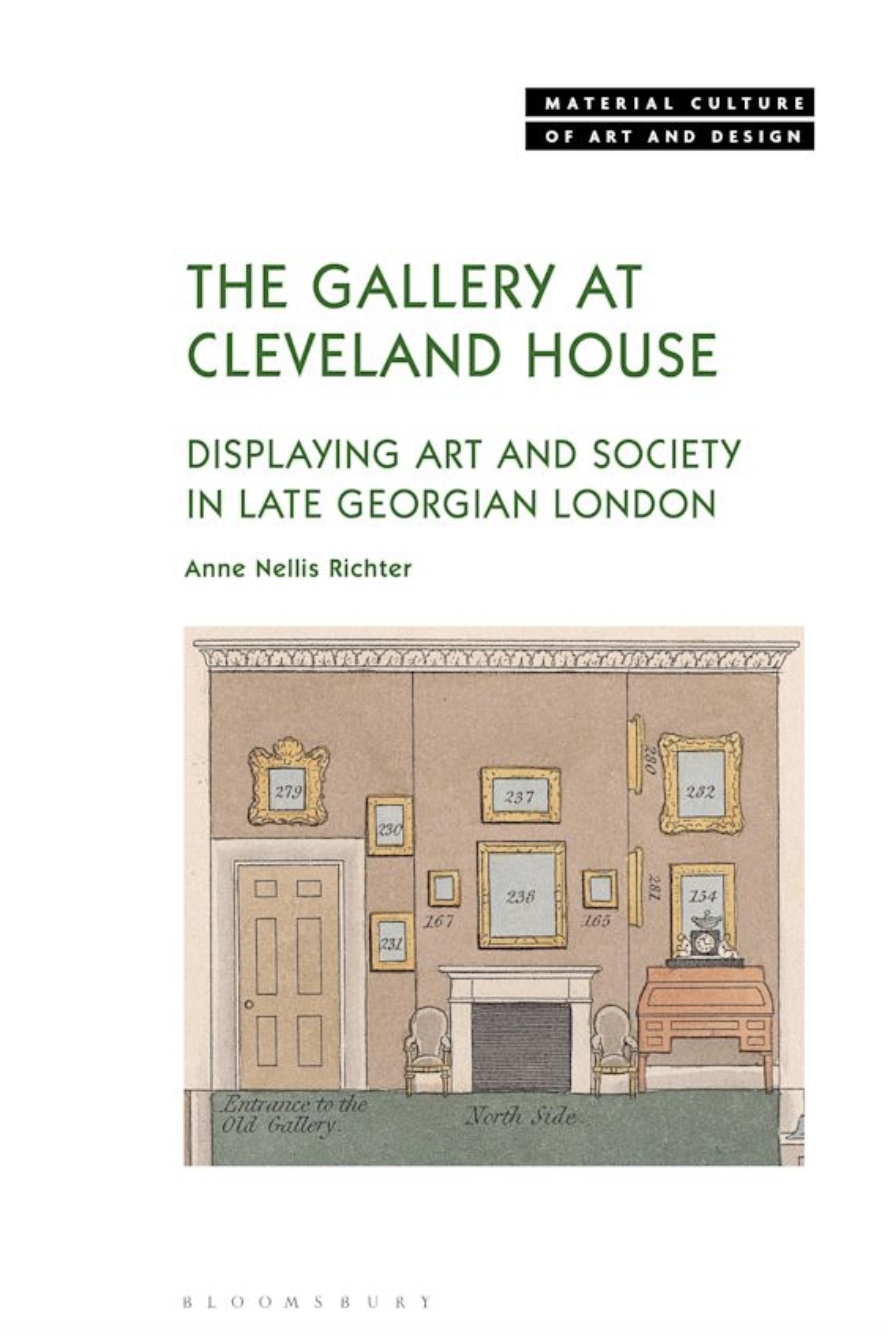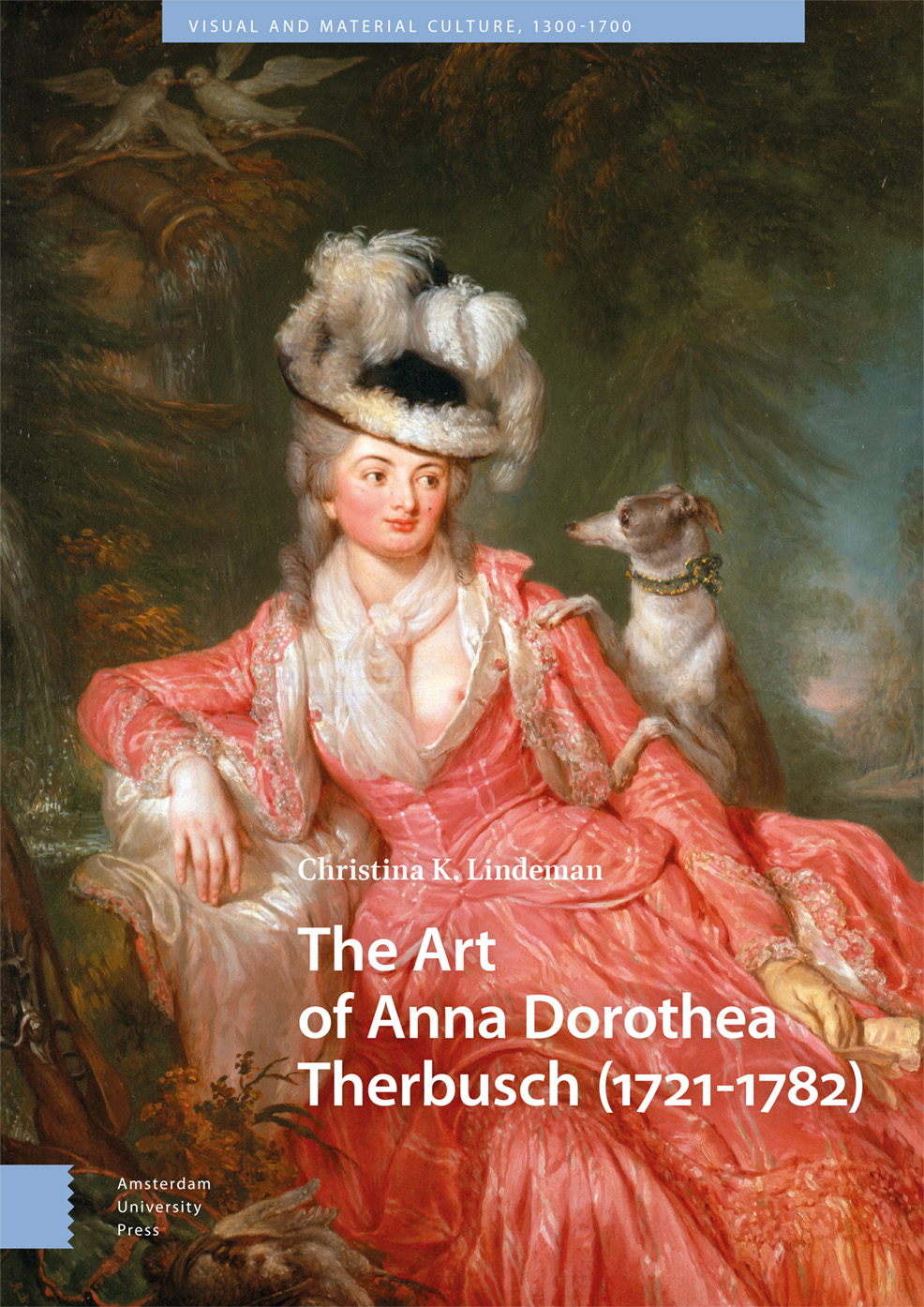Call for Papers | Visualizing Antiquity: Collectors, Artists, Scholars
From the Call for Papers and ArtHist.net (which includes the Call for Papers in German). . .
Visualizing Antiquity: On the Episteme of Early Modern Drawings and Prints —
Part III: Collectors, Artists, Scholars: Knowledge and Will in Collection Catalogs
Bildwerdung der Antike: Zur Episteme von Zeichnungen und Druckgrafiken der Frühen Neuzeit — III: Sammler, Künstler, Gelehrte: Wissen und Wollen in Sammlungskatalogen
Berlin-Brandenburgische Akademie der Wissenschaften, 21 June 2024
Organized by Ulrich Pfisterer, Cristina Ruggero, and Timo Strauch
Proposals due by 17 March 2024

Lorenz Beger, Numismatum Modernorum Cimeliarchii Regio-Electoralis Brandenburgici Sectio Prima … (Coloniæ Brandenburgicæ 1704), p. 1 (Photo: UB Heidelberg).
The academy project Antiquitatum Thesaurus: Antiquities in European Visual Sources from the Seventeenth and Eighteenth Centuries, hosted at the Berlin-Brandenburg Academy of Sciences and Humanities (thesaurus.bbaw.de/en), and the Zentralinstitut für Kunstgeschichte Munich (zikg.eu) are organizing a series of colloquia in 2023–2025 on the topic Visualizing Antiquity: On the Episteme of Drawings and Prints in the Early Modern Period. The significance of drawings and prints for ideas, research, and the circulation of knowledge about ancient artifacts, architecture, and images in Europe and neighboring areas from the late Middle Ages to the advent of photography in the mid-19th century will be examined. The two previous colloquia were dedicated to the topics of the ‘unrepresentable’ properties of the depicted objects and the documentation of different states and contexts of ancient artifacts. This third conference will explore the questions of form, purpose and meaning of images and illustrations in collection catalogs and the role of the people involved.
Collecting is one of the oldest human activities. The interest in gathering objects of varying artistic, scientific, historical, religious, idealistic and emotional value or antiquitates, realia, naturalia, and curiositates was initially documented primarily by written sources such as inventories, but since the 16th century there has been an increase in illustrated (drawn or printed) evidence of the passion for collecting. Our colloquium questions possibilities and strategies to visualize a collection. Descriptions of private or public collections, Thesauri, Monumenta, Specimens, Recueils, Specula, Theatra mundi, Segmenta nobilium, Admiranda antiquitatum, Corpora, and Commentaria are the most common titles of publications dedicated to the various types of collections of (antique) objects. The need to record their holdings in pictures, to give them a classificatory order, to supplement or interpret them descriptively with commentaries, grew particularly with the development of printmaking, while the drawn collection was usually the privilege of a few, mostly wealthy or educated personalities.
We would like to examine the illustrated collection catalogs and analyze the role of the collectors, artists, and scholars involved in relation to the knowledge and intentions expressed in the collection catalogs. Furthermore, we are interested in different uses of these important visual sources and strive to gain new insights into the functions and impact of these catalogs on the art world. Possible contributions can address the following aspects, but further suggestions are also welcome:
• First genre-specific or heterogeneous collection catalogs in Europe
• The role of collectors in the art world and their influence on the construction of collection catalogs
• The relationship between artists and collectors in relation to the presentation of artworks in catalogs
• The importance of scholars and experts in the creation of collection catalogs and their involvement in the creative process
• The range of visualization of collections as a whole and of the individual collection object; formats, techniques, plate vs. text illustration, etc.
• The possibilities of comparative representation, displaying different sizes, quantities, formal characteristics, thematic focuses, material values, etc.
Solicited for the third colloquium are papers in English, French, German, or Italian, 20 minutes in length, ideally combining case study and larger perspective. Proposals (maximum of 400 words), together with a short CV (maximum of 150 words), can be submitted until 17 March 2024 to thesaurus@bbaw.de, keyword ‘Episteme III’. Publication in extended form is planned. Travel and hotel expenses (economy-class flight or train; 2 nights’ accommodation) will be reimbursed according to the Federal Law on Travel Expenses (BRKG).
The fourth and final study day in the series—expected to take place in January 2025 on the occasion of a planned exhibition at the Zentralinstitut für Kunstgeschichte—will be entitled Fake-News? Fantasy Antiquities and will address the problem of the authenticity of the antiquities depicted.



















leave a comment